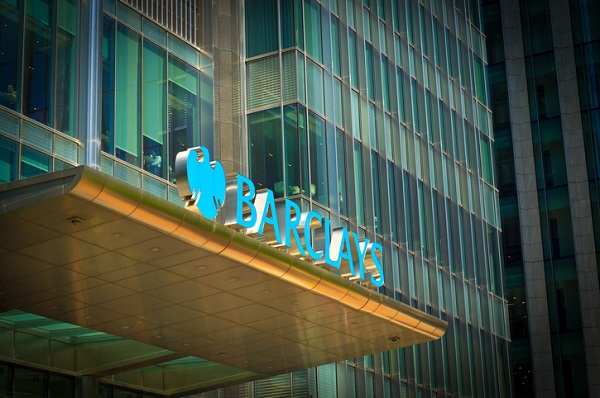ii view: Barclays underlines its business diversity
Investment banking fees and equities provided strength in this latest quarter. We assess prospects.
25th October 2021 15:35
by Keith Bowman from interactive investor
Investment banking fees and equities provided strength in this latest quarter. We assess prospects.

Third-quarter results to 30 September
- Income up 5% from Q3 2020 to £5.47 billion
- Pre-tax profit up 71% to £1.96 billion
- Operating expenses up 0.3% to £3.48 billion
- Capital cushion or CET1 ratio up 0.8% to 15.4%
Chief executive James E Staley said:
“On top of a good first half, a strong third-quarter performance means Barclays has delivered its highest Q3 YTD pre-tax profit on record in 2021, demonstrating the benefits of our diversified business model.
“While the Corporate Investment Banking performance continues to be an area of strength for the group, we are also seeing evidence of a consumer recovery and the early signs of a more favourable rate environment. Against that backdrop, we are focused on balancing cost efficiencies with further investment into high-returning growth opportunities.”
ii round-up:
Barclays (LSE:BARC) operates via the two divisions of Barclays UK and Barclays International.
The UK division includes personal banking, Barclaycard consumer UK and UK business banking. Personal banking generates just over half of all revenues for the division.
Barclays International comprises both Corporate and Investment Banking (CIB) and consumer, cards, and payments segments in Europe and the US.
For a round-up of these latest quarterly results, please click here.
ii view:
Like rivals, Barclays has looked to become a simpler, more-focused bank since the financial crisis. Unlike rivals, the bank has kept much of its markets/investment banking operations. Barclays’ structure today is more like JPMorgan Chase (NYSE:JPM) in the US than its UK rivals.
Ultra-low interest rates continue to make for a challenging trading backdrop for the traditional banking business. Total income for its UK Barclaycard business remains pressured, as consumers look to repay existing debts and keep new borrowing limited. UK business bank lending was flat compared to the third quarter of 2020 and some bad debt provisions continue to be made.
But surges in investment banking fees and equity-related trading more than compensated for a tougher quarter for its fixed-interest business within its investment banking division. Expected interest rate rises are forecast to aid the performance of its traditional banking business going forward, while the balance sheet has strengthened further. Share buybacks and forecast growth in the dividend payment are also not to be forgotten. In all, and with diversification key in its strategy, Barclays appears to remain fully equipped to prosper over the long term.
Positives
- Business diversification
- Strengthened balance sheet
Negatives
- Above target cost/income ratio
- Investment banking operation may suffer under rising interest rates
The average rating of stock market analysts:
Strong buy
These articles are provided for information purposes only. Occasionally, an opinion about whether to buy or sell a specific investment may be provided by third parties. The content is not intended to be a personal recommendation to buy or sell any financial instrument or product, or to adopt any investment strategy as it is not provided based on an assessment of your investing knowledge and experience, your financial situation or your investment objectives. The value of your investments, and the income derived from them, may go down as well as up. You may not get back all the money that you invest. The investments referred to in this article may not be suitable for all investors, and if in doubt, an investor should seek advice from a qualified investment adviser.
Full performance can be found on the company or index summary page on the interactive investor website. Simply click on the company's or index name highlighted in the article.